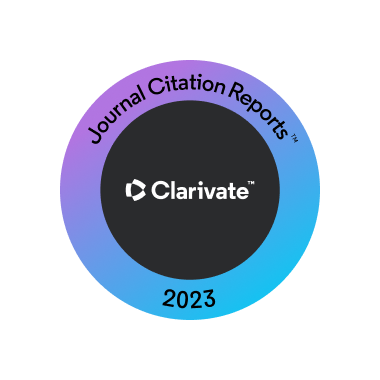Articles
HPV related tongue papilloma in a 11-year-old girl
Introduction: HPV is one of the most common sexually transmitted diseases in adults, but the overall prevalence of infection with specific HPV types in children is not well known. Long latency periods, several possible modes of transmission, and varying sensitivity of detection techniques have rendered the management of HPV in children controversial and complicated. The aim of the present article was to present and discuss a case of 11-year-old girl with a HPV positive oral wart.
Materials and methods: A 11-year-old girl was referred for the assessment of a white verrucous lesion of the anterior third of the tongue. Histological examination following excisional biopsy revealed a squamous papilloma, with pluristratified squamous epithelium characterized by hyper- and para-cheratosis. Typical koilocytes were observed too. The papilloma resulted to be HPV 18 positive. The diagnosis was reported and explained to the mother of the girl, paying attention to two difficult topics that are associated with this condition: sexually transmitted diseases, and tumors. The mother was informed of the frequency and possibility of transmission of HPV infection, highlighting that sexual transmission is the most common, but that there are several other transmission routes.
Discussion: Oral warts usually are caused by HPV types 6, 11, 16 and 18, again suggesting vertical transmission in young children. Horizontal transmission should not be neglected too, as recent studies also suggest that oral HPV infections in infants of HPV-negative mothers could be explained by the horizontal transmission of HPV. Additionally, infants might theoretically acquire HPV infection from breast milk during breast-feeding, from siblings via kissing, or from other householders, relatives and friends via digital contacts. The primary goal of treatment is to remove the clinically apparent lesion, and none of the currently available methods is universally effective or curative.
Conclusion: HPV related papillomas are infrequent in children. A particular attention should be paid to the etiopathogenesis of every single case. The identification of HPV type is advised.
Clinical significance: Dental practitioners should be aware of this pathology and may involve pediatrician for a complete and appropriate management of this condition in children.






